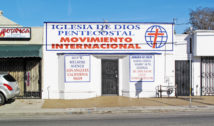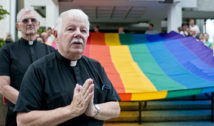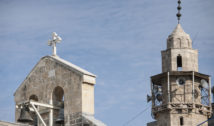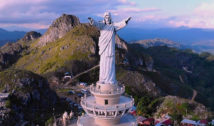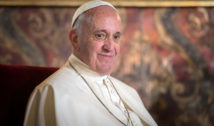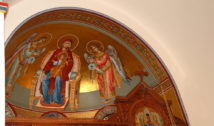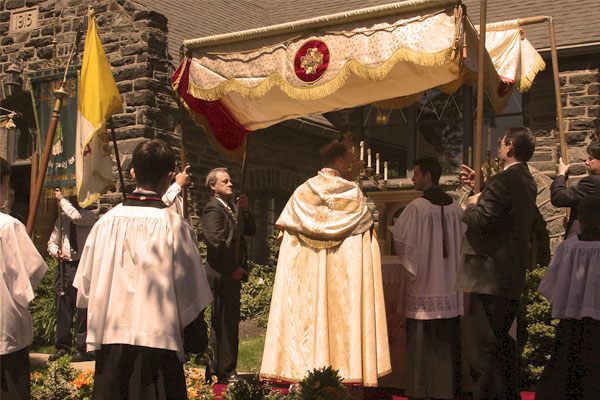
Christians Gear Up to Celebrate the Feast of Corpus Christi
- By Krista R. Burdine --
- 19 Jun 2014 --

Christians celebrate Christ’s body and blood on this Feast of Corpus Christi.
The Body and Blood of Christ, or Corpus Christi, refers to the Christian holy sacrament of communion. The Feast of Corpus Christi commemorates the institution of this sacrament at the Last Supper on the Thursday of the Holy Week leading up to Jesus’ Crucifixion, death, and Resurrection. Since so many other events of Holy Week overshadow the significance of this moment, it has been given its own holiday on the Thursday after the 8th Sunday following Easter. In the United States, observation of this feast happens on the following Sunday. This year the feast falls on June 19, with the Sunday observation on June 22.
Holy Thursday
On the night before Jesus was betrayed, beaten, and subsequently killed, he held his Last Supper with his twelve closest followers in a private room. He knew it was almost time for him to do what he had come to Earth to do. On this night, he shared with them messages of love, encouragement, and direction about what they were to do once he left Earth. While they ate, he held up a piece of bread as an object lesson, and explained that this represented his body. Just as the bread was broken, his body would be broken out of love for his followers. Later he held up a cup of wine and likened it to his blood. As the wine would spill out of the cup, his blood would spill in order to seal God’s new covenant with all the people of earth (see 1 Corinthians 11:23-25). This new covenant represented a whole new era for God’s followers, one in which Christ had died to fulfill the requirements of the old covenant of law. Instead, this new covenant is built on accepting Jesus’ gift of payment, and living a life rich in grace and gratitude. Today, Corpus Christi commemorates this meal and communion.
The Feast of Corpus Christi
Church leaders are recorded as observing this event through the rite of communion, since the earliest days of the church. Formally, this holiday has been recognized since the 13th century. Prayers read on this day in the Catholic church were written by St Thomas Aquinas, and are considered some of the most beautiful prayers in the church lexicon. Traditionally, a bread and wine display would be blessed and marched through the village or around the churchyard, and people would make the sign of Christ as it passed by to indicate that the elements had been physically imbued with the presence of Christ.
Although the size of the feast has diminished over the centuries, observation of this holiday still holds strong in Grenada and Andalucia, Spain. Originally, Catholic church leaders used the occasion as a tool to help convert people to Christianity, following almost 800 years of Moorish occupation in Northern Africa and Southern Spain. Especially in Grenada, the celebration grew to include the day before the feast, and eventually spread to fill an entire week which coincidentally corresponds with the annual fair.
Today, most churches do little more than acknowledge the holiday and perhaps deliver a special prayer. But believers everywhere remember the event of the Last Supper, during which Jesus first blessed the bread and wine. And in Catholic and Protestant churches alike, the communion ceremony carries high significance still as it represents identifying with Jesus in death to the old self and resurrection to new life.










